Why Not Both Purees and Baby Led Weaning (BLW)?
/{Guest post at Love Child Organics} I receive questions from many parents asking me whether they should use purees or finger foods (a method called Baby Led Weaning or BLW) as they start to introduce their babies to solid foods. I believe that there isn’t only one right way to start babies on solid foods. Why not use both purees and finger foods?
When introducing solid foods you’re achieving several goals:
- Meeting your baby’s nutrition needs.
- Providing the opportunity to learn eating skills.
- Minimizing the risk of choking.
All three of these can be achieved through offering your baby purees, finger foods, or a combination of both.
Further, I’ve been practicing long enough to have met babies with all different temperaments (personalities). Some are little independent souls who never accept being fed by a parent. Parents of these little ones need to have a ton of patience as their child learns how to pick up food and actually get it in her mouth. On the other hand there are babies whom I call “happy little outsourcers”. They figure out that their parents are much more efficient at getting food in their mouths and so they’re happy to sit back and let you spoon every bite into them. Most babies fall somewhere in between these two extremes.
I’ve also seen that babies catch onto the skills of eating finger foods at a variety of ages – typically somewhere between 6 and 10 months. This isn’t surprising since there’s always a range of ages when babies reach any developmental milestone. Some babies roll over before others, some crawl before others, and some pick up finger foods before others.
In my opinion, what’s most important is to:
- Provide a wide variety of healthy foods,
- Include iron-rich foods (twice a day is a good frequency),
- Follow your baby’s lead,
- Match your technique to your baby,
- Provide your baby with the opportunity to learn eating skills, and
- Use techniques that you’re comfortable with.
The result: you’re teaching your baby to have a positive experience with food.
Click here to get more tips on nutrition for babies.




 Recently a parent asked me this question: “How much cow’s milk to offer toddlers. Do you allow them to regulate/drink as much as they want or just fill the cup up once and then when it's empty that's it? Being only 17 months, he can fill up pretty quick on milk during the meal, but I also don't want to be taking it away. I would prefer to just allow him to self regulate, but not sure what to do once the sippy cup is empty.”
Recently a parent asked me this question: “How much cow’s milk to offer toddlers. Do you allow them to regulate/drink as much as they want or just fill the cup up once and then when it's empty that's it? Being only 17 months, he can fill up pretty quick on milk during the meal, but I also don't want to be taking it away. I would prefer to just allow him to self regulate, but not sure what to do once the sippy cup is empty.”
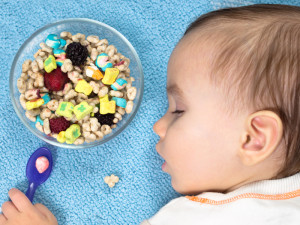 {
{
 I shared this post previously with the
I shared this post previously with the 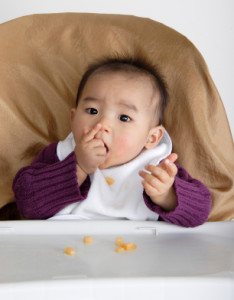 {Guest post I contributed to the
{Guest post I contributed to the  Thank you to the parent at a recent workshop in Victoria BC who asked this baby feeding question: "What does it mean when I see whole pieces of food in my baby’s poop?" It’s amazing the topics of conversation that you have once becoming a parent, eh?!
This Mom had recently started feeding her baby finger foods and was seeing pieces of food in her baby’s diaper. It’s often not talked about, but when you start to feed your baby solid foods, you will see a change in their bowel movements.
Thank you to the parent at a recent workshop in Victoria BC who asked this baby feeding question: "What does it mean when I see whole pieces of food in my baby’s poop?" It’s amazing the topics of conversation that you have once becoming a parent, eh?!
This Mom had recently started feeding her baby finger foods and was seeing pieces of food in her baby’s diaper. It’s often not talked about, but when you start to feed your baby solid foods, you will see a change in their bowel movements. {Guest Post at
{Guest Post at 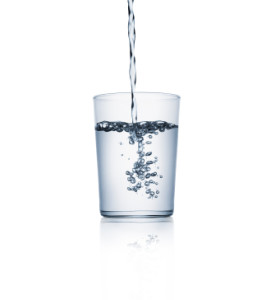 Thank you to the VIP who asked this question: "Does my 7 month old baby need water?". The short answer is: No. Seven month olds don’t
Thank you to the VIP who asked this question: "Does my 7 month old baby need water?". The short answer is: No. Seven month olds don’t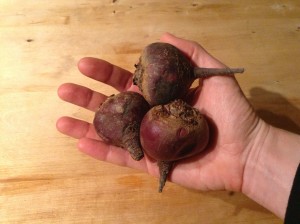 Aah, beets. These versatile root veggies are one of my favourites! As a dietitian, part of my job is to know how to prepare healthy foods like beets. So I’m sharing a couple of my favourite ways to use them. A classic storage, root veggie, you can find local ones (fairly cheap) throughout the winter here in Victoria, BC.
Aah, beets. These versatile root veggies are one of my favourites! As a dietitian, part of my job is to know how to prepare healthy foods like beets. So I’m sharing a couple of my favourite ways to use them. A classic storage, root veggie, you can find local ones (fairly cheap) throughout the winter here in Victoria, BC.
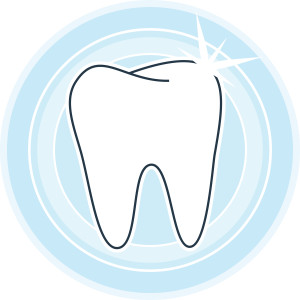 Thank you to the parent who asked me this week’s question: "My baby doesn’t have any teeth yet. Can I give her finger foods?" The short answer is: yes!
You don’t need to wait until a baby has teeth before giving finger foods.
Thank you to the parent who asked me this week’s question: "My baby doesn’t have any teeth yet. Can I give her finger foods?" The short answer is: yes!
You don’t need to wait until a baby has teeth before giving finger foods. A big thank you to the parent who shared this question: "How much is enough food for my baby? Tonight I thought I would give in and see how it went. He polished off…….
While she was specifically talking about how much food to provide at bedtime snack, I’m asked this question a lot, in fact I’m asked it at almost every workshop.
A big thank you to the parent who shared this question: "How much is enough food for my baby? Tonight I thought I would give in and see how it went. He polished off…….
While she was specifically talking about how much food to provide at bedtime snack, I’m asked this question a lot, in fact I’m asked it at almost every workshop.